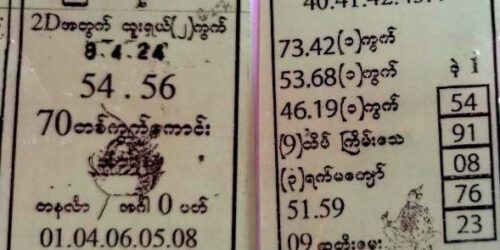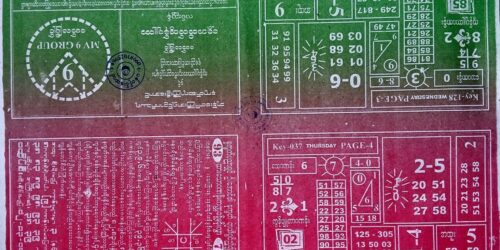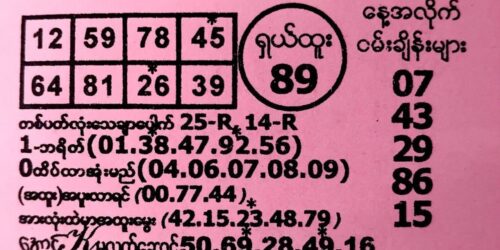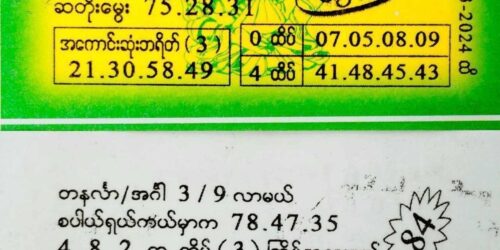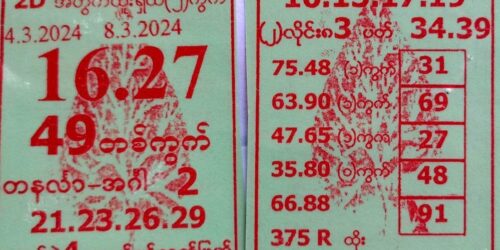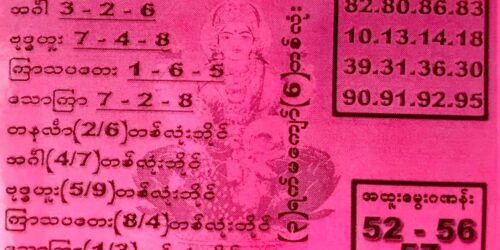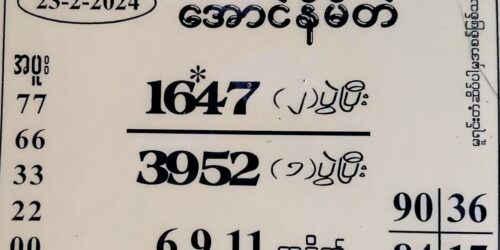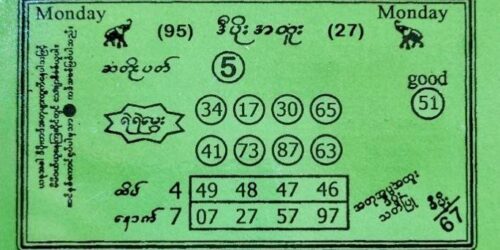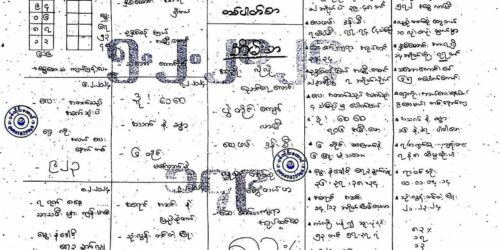17.04.2024 – 19.04.2024 A Tate Papers
Major General Zaw Min Tun said that a cadet was injured as a result of an explosion inside the Military Academy when shock missiles were fired into Pyin Oo Lwin town. In response to the BBC’s question about the firing of 107 mm shock missiles in Pyin Oo Lwin town, the spokesperson of the National Planning and Administration Council, Maj....
